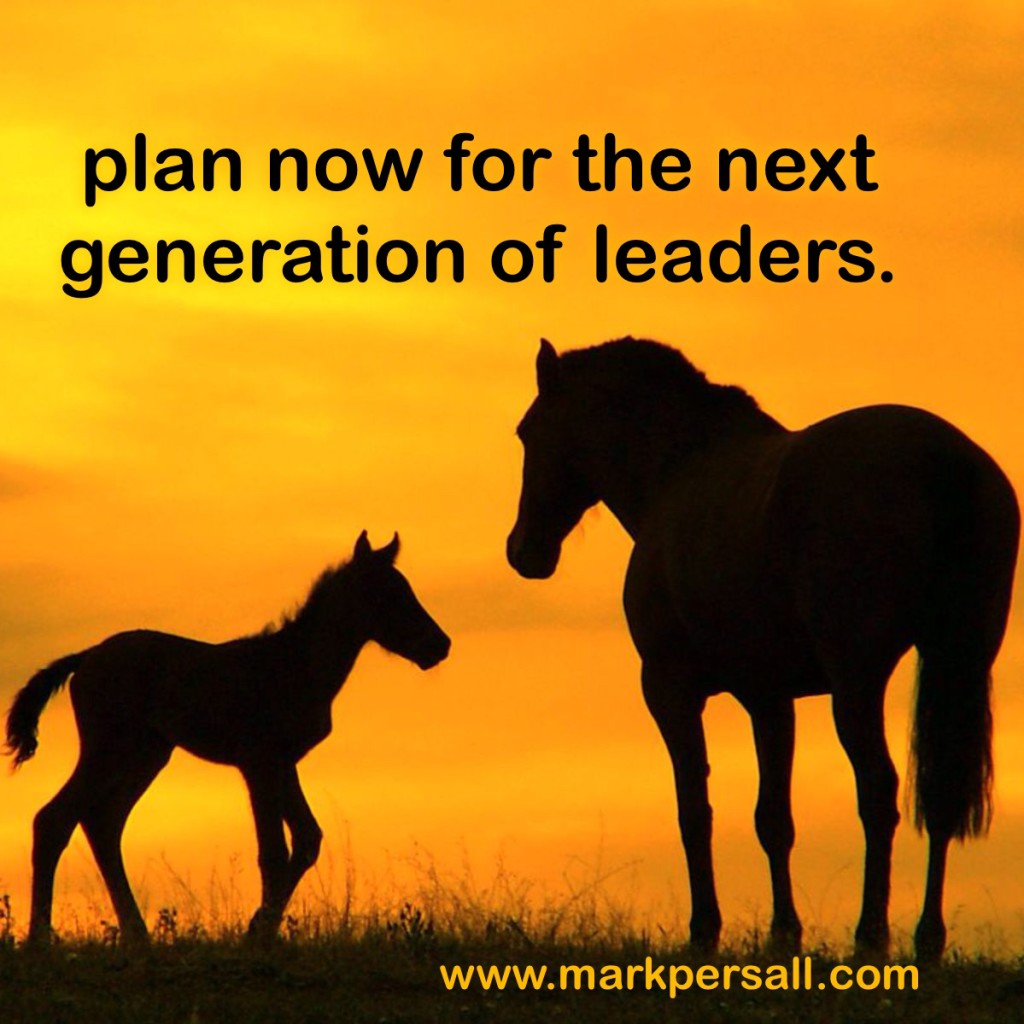Leading Across Generations
Where will the future leaders of your organization come from? Will you develop from within? Will you seek to recruit outside talent as needed? Or both? While there are many options, organizations need to plan now for the next generation of leaders. Realizing the generational differences could impact your strategy.
A few organizations still employ people born between 1925 and 1946. And a few organizations are hiring employees born after 1995. The first group is known as the Traditionalists. The later does not even have a name yet. The values representing these two groups of people are vastly different. Add the Baby Boomers, the Gen-Xers, and the Millennials to the mix and you have a full spectrum of values, communication preferences, and life impacting events.
A one-size-fits-all approach to organizational development can prove disastrous across generational lines. Here are some necessary considerations:
Compensation and benefits – what is attractive to Boomers may not work for Millennials. Boomers’ retirement savings have been hit, so they are looking to replenish. Millennials have far less company loyalty and see themselves with multiple moves throughout the working lives. Additionally, Millennials value time off instead of higher pay. Having a compensation plan flexible enough to address the different work attitudes increases the likelihood of keeping the employees you want to retain.
Mentoring – each generation brings varying skills and understanding to the table. Older employees who have been providing leadership can mentor younger or less seasoned employees. Conversely younger employees with greater technical and social media skills could mentor employees older than them. Mentoring relationships need to be formed to meet the needs of the organization. Sharing of perspectives and expertise increases retention.
Communication – company memos worked in the past. Going forward, organizations need to consider employees’ preferred styles and methods of communication. While it may be more time intensive, the result is a higher level of understanding because the information delivered will be absorbed. Since younger employees have less loyalty, poor communication strategies will simply increase the turnover rate.
Flexibility – while not every organization can thrive with remote employees, flexible working hours, differing compensation and benefit options, those that are willing to listen to the input of employees, and make decisions reflecting that input, will find higher morale and increased productivity.
Connectedness, both global and digital, has people thinking beyond their geographic borders when they consider long-term employment. The willingness to consider diverse expressions of talent within the values and framework of the organization will be a major factor to that organization’s success.
How is your organization attracting and retaining talent to accomplish your mission?
Tags: Boomers, compensation, connectedness, development, Gen-Xers, leadership, millennials, retention, traditionalists